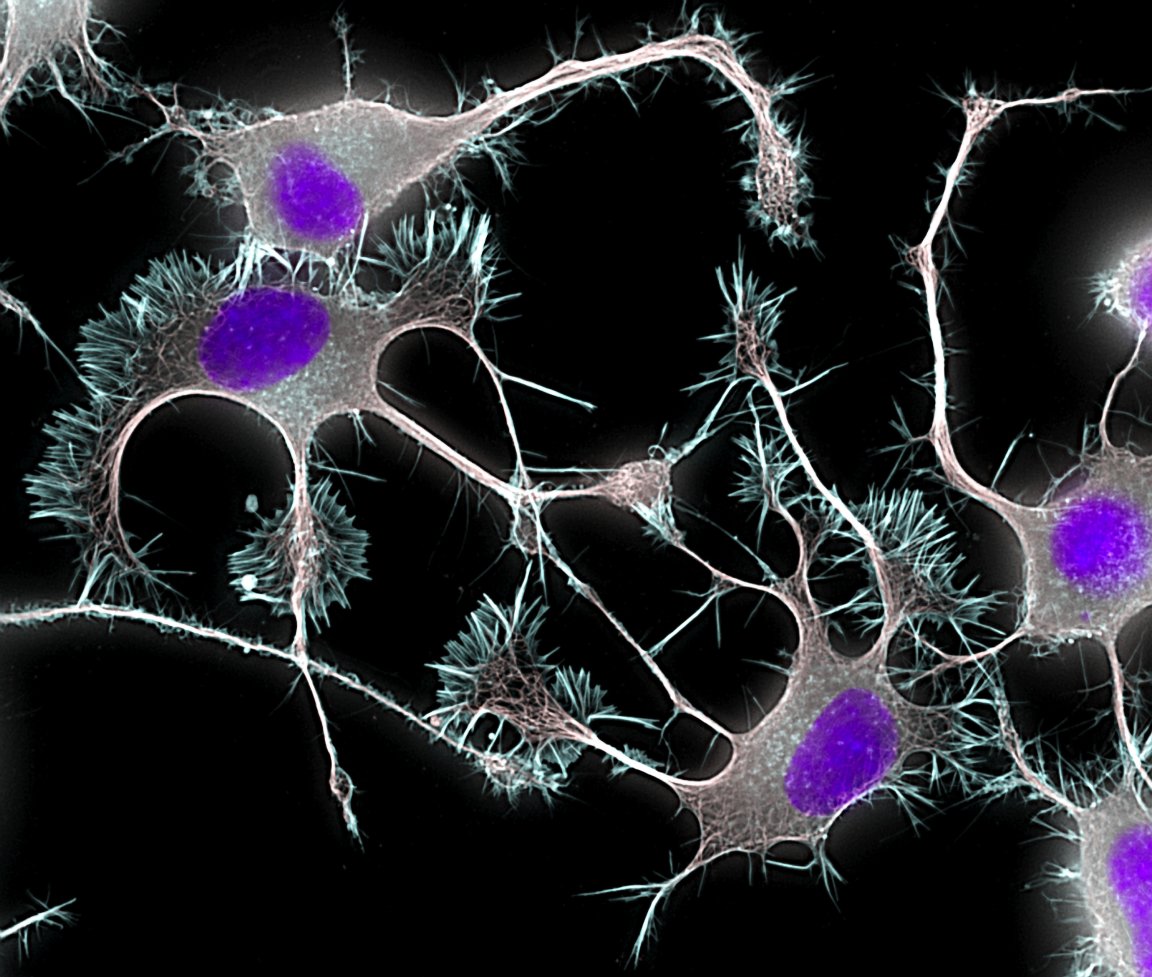
Two Treatments Combined
Researchers from the University of Bristol have just shared the promising results of a new treatment for spinal cord injuries that could help regenerate nerves and potentially improve patients’ quality of life.
The new therapy involves the transplantation of cells that have been modified to secrete a molecule that helps to remove scarring caused by spinal cord damage. This scarring can limit the regrowth of nerves, thus greatly hindering a patient’s potential for recovery.
Previous studies have shown that the enzyme chondroitinase ABC (ChABC) is effective at promoting nerve regrowth when used as a part of drug therapies for spinal injuries. Unfortunately, the enzyme does not have a long life once injected. That means patients must be subjected to repeated treatments for the enzyme to be effective.
Olfactory ensheathing cells have the ability to regenerate and repair themselves over the course of a person’s life in order to maintain the sense of smell. That ability makes these cells ideal for genetic modification when the goal is prolonging a molecule’s lifespan.

This new treatment from the University of Bristol team utilizes this ability of the olfactory cells to prolong the secretion of ChABC for the treatment of spinal cord injuries.
For their study, which has been published in PLOS ONE, the researchers injected mice with canine olfactory ensheathing cells that had been genetically modified to secrete ChABC. After transplantation, they observed the successful secretion of ChABC as well as the removal of some scarring. They also noted signs of successful nerve regeneration.
It is an important proof-of-concept for this revolutionary treatment method, but more testing is needed to determine effectiveness.
“While these initial results look promising, in order to determine the longer-term survival of our genetically modified cells and assess functional recovery, such as recovery of walking or recovery of continence, we need to carry out further studies to test these cell transplants in more chronic injury models,” Liang-Fong Wong, Senior Lecturer at Bristol Medical School and part of the study’s team, said in a news release.
If future tests in mice go as hoped, the treatment can then be adapted for other animals and, eventually, humans.
Renewed Hope
An increasing number of potential treatments to help restore lost functionality after a spinal cord injury are in the works, and while many of these solutions hold great promise, more testing is needed to prove their efficacy and safety.
Still, scientific innovation in fields such as neuroscience, medicine, and even robotics is giving victims of spinal cord injuries renewed hope of recovery.
Researchers out of the University of Louisville’s Kentucky Spinal Cord Injury Research Center (KSCIRC) have recently restored voluntary movement in a 28-year-old patient who suffered a spinal cord injury from a motorcycle accident. His treatment combined new technology with established science — electric stimulation through an implant on the spine and traditional rehabilitation techniques — to deliver potentially life-changing results.

Meanwhile, a promising therapy from Rush University Medical Center was able to restore motor function in four out of six paralyzed patients. That cell therapy builds on decades of stem cell research, a promising area of study for spinal injury treatments.
Studies like these can be a great source of hope for both those living with spinal injuries and their loved ones. While it may be quite a long time before these treatments are proven to live up to their lofty promise, the goal of ending the ability of a single devastating moment to put mobility in a stranglehold is a fierce motivator.